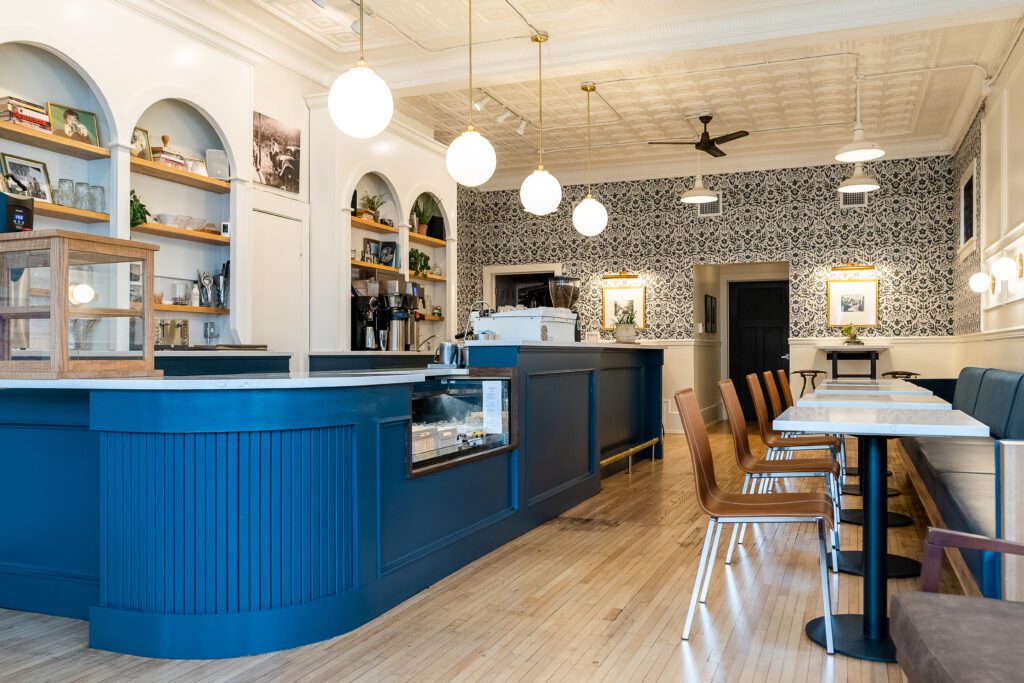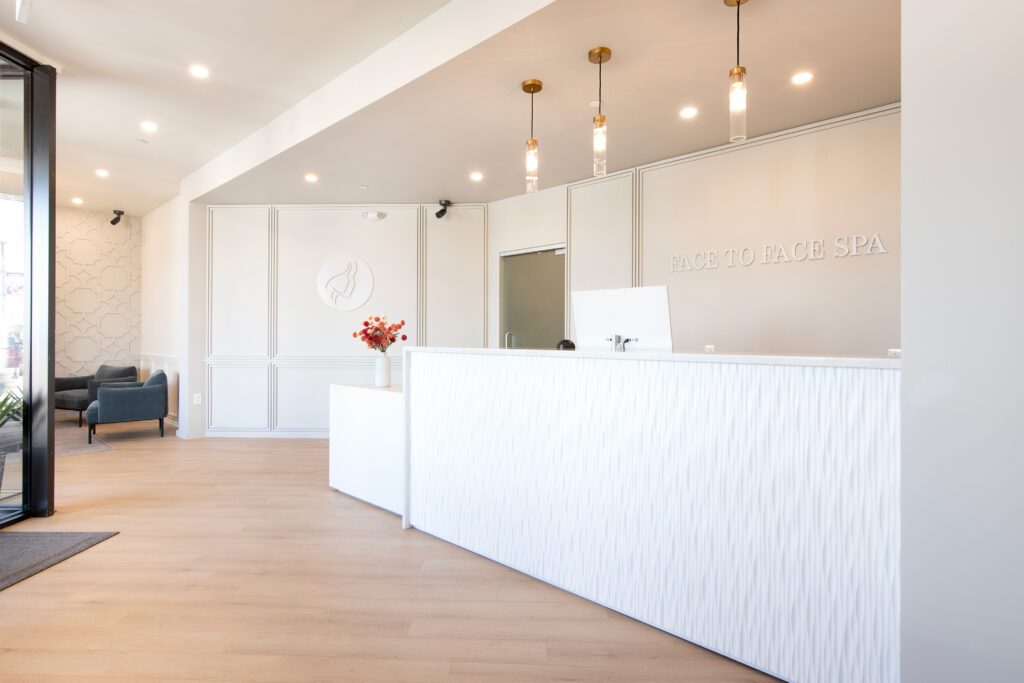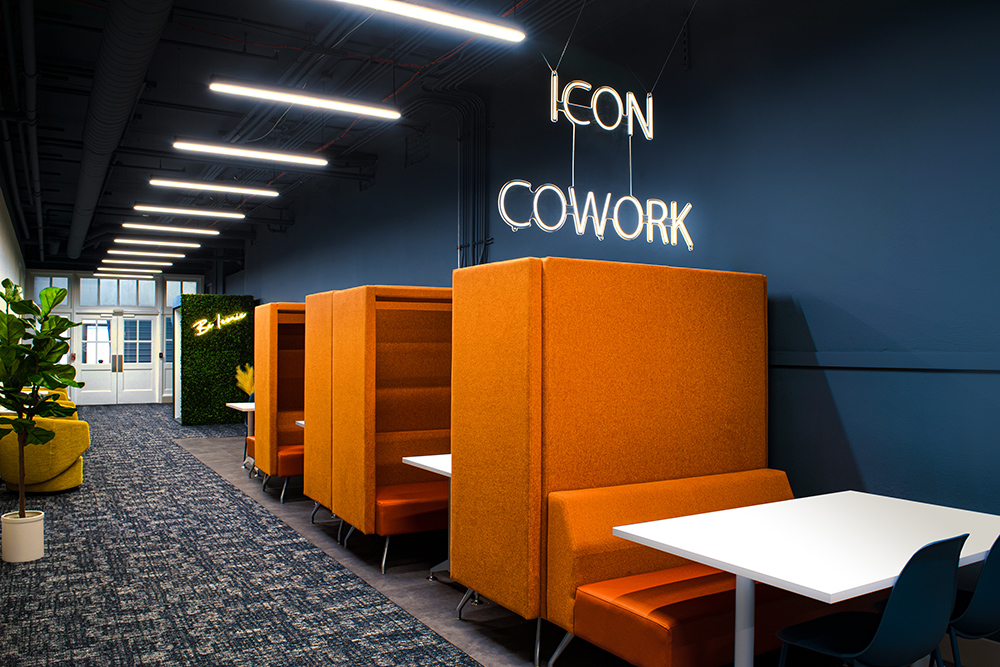Understanding Commercial Interior Design: How It Differs from Residential Design
September 17, 2024
When most people think of interior design, images of stylish living rooms or cozy bedrooms often come to mind. Pinterest has turned many of us into DIY-ers with big dreams. However, interior design extends far beyond the confines of residential spaces; it also plays a crucial role in the commercial environments that you traverse every day. While both commercial and residential interior design share the fundamental goal of creating aesthetically pleasing and functional spaces, they differ significantly in their approach, purpose, and execution.
What is Commercial Interior Design?
Commercial interior design involves the planning, designing, and management of spaces used for business purposes. This includes offices, retail stores, restaurants, hotels, salons, spas, coffee shops, schools, and other public or business-oriented environments. The primary objective is to create spaces that enhance functionality, promote brand identity, and ensure a positive experience for both employees and customers.

In commercial spaces, design considerations are closely tied to the business’s objectives. For instance, a retail store layout needs to facilitate product visibility and customer flow, while an office design should foster productivity and employee well-being. Commercial interior designers must balance aesthetic appeal with practical elements like space planning, lighting, acoustics, and ergonomics. Additionally, they must adhere to building codes, safety regulations, and accessibility standards, which often involve complex compliance requirements. Commercial design requires a formal degree to meet building code and health and safety requirements.
How Does Commercial Interior Design Differ from Residential Interior Design?
1. Design Considerations: Residential projects often emphasize personal taste, with choices tailored to the homeowner’s preferences. In commercial settings, design must address a broader range of needs. For example, in a restaurant, the design must ensure an inviting atmosphere while optimizing space for kitchen operations and seating arrangements. In an office, the layout should promote workflow efficiency and employee collaboration. In a spa design, comfort, relaxation, and soundproofing are key.

2. Purpose and Functionality: Residential interior design focuses on creating comfortable, personalized spaces for private living. The design is driven by individual preferences, lifestyle needs, and emotional comfort. Every house has a kitchen, the homeowners just get to decide what lifestyle and preferences theirs will express. In contrast, commercial interior design prioritizes functionality and efficiency to support business operations. The design needs to reflect the brand’s identity and cater to the needs of its users, whether they are customers, employees, or visitors. Commercial interior design is literally like starting with a blank slate that is built up based on the business needs.

3. Budget and Scope: Residential projects typically have a more flexible budget and scope, allowing for customization and a personal touch. Commercial projects, on the other hand, often involve larger budgets and more extensive planning. Designers must consider factors such as brand alignment, high-traffic durability of finishes, and often, the integration of technology (both present and future).
4. Regulations and Standards: Commercial designs are subject to stricter regulatory standards and building codes compared to residential designs. This includes adherence to safety regulations, ADA (Americans with Disabilities Act) compliance, and sometimes, specific industry requirements. Did you know that in one of our commercial interior design drawing sets, an ADA-compliant restroom can contain over 50 critical dimensions required to meet code? And if those aren’t properly translated to the contractor to build from, your space will not pass inspections.
In summary, while both commercial and residential interior design aim to create functional and visually appealing environments, they cater to different needs and constraints. Commercial interior design focuses on enhancing business operations and customer experiences within a framework of regulatory compliance, whereas residential design is more personal and tailored to individual preferences. Understanding these distinctions helps business owners connect with the correct interior designer according to the project type. At Slate Interiors Studio, where our focus is commercial interior design serving the Cleveland area, we begin each and every project with a Brand Exploration meeting. We meet with all key business officers to actively listen to your business needs, both present and future, including capturing a detailed picture of your intended audience. Then we get to work designing a commercial environment that wows your customers, with your input at every step.
Schedule a call to learn more about our commercial interior design packages >
Leave a Reply Cancel reply
Cleveland Ohio Commercial Interior Design Studio
© SLATE Interiors Studio | DESIGN BY HEY HELLO STUDIO